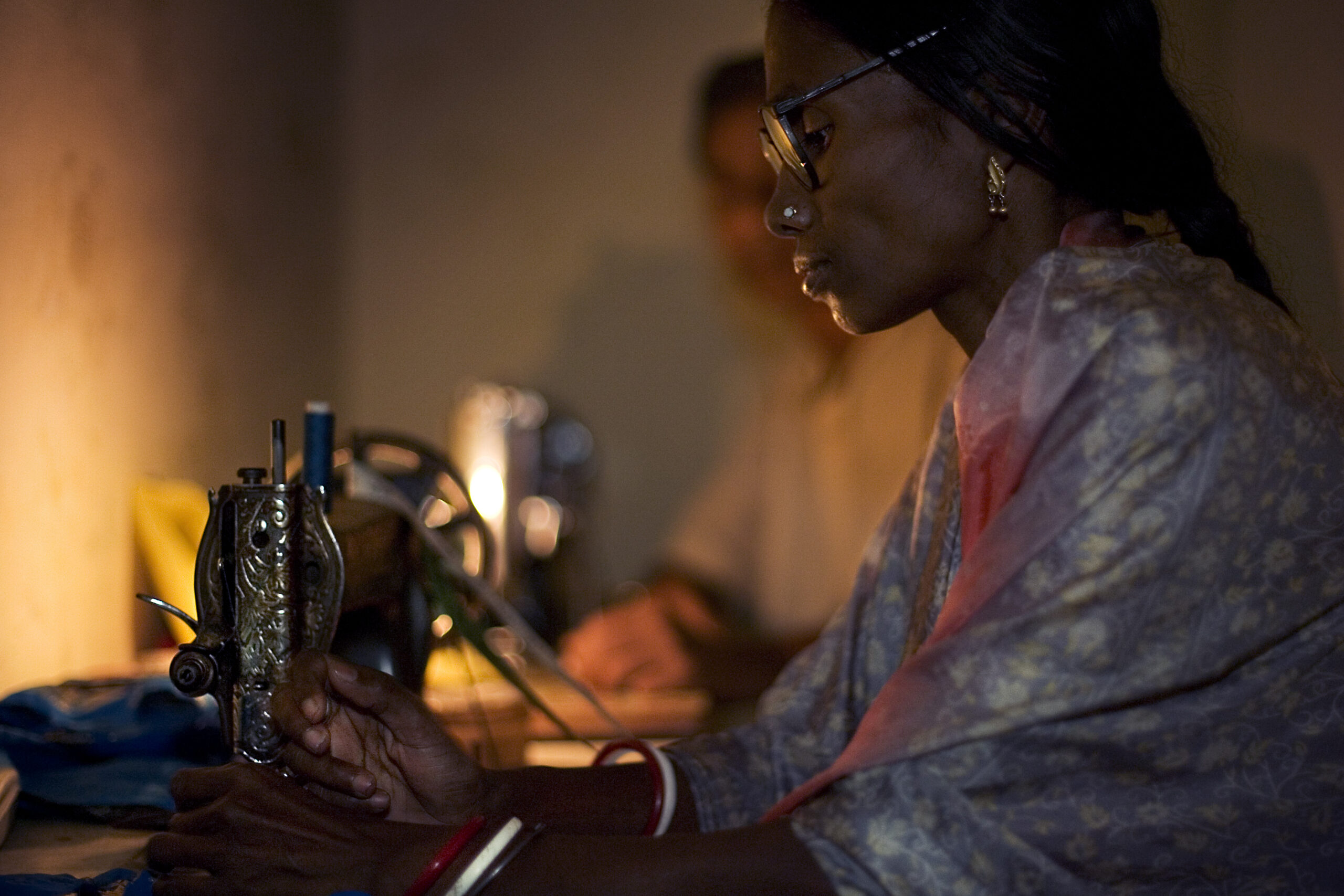There is a growing acceptance in the world regarding the necessity of women’s economic empowerment to drive global growth and sustainability. However, the future of women workforce is expected to face a multitude of challenges and threats which can be defeated if addressed in time. The biggest threat to the women workforce is from AI.
The most commonly cited risk to women through automation and artificial intelligence is job loss. The majority of the women workforce is concentrated in lower- and middle-skilled jobs such as manufacturing and clerical jobs. According to a recent study by the International Monetary Fund (IMF) examining 28 Organization for Economic Cooperation and Development (OECD) member countries, plus Cyprus and Singapore, concluded that in the next two decades, automation will replace 11% of the female workforce (who tend to perform more routine and codifiable tasks), compared to 9% of the male workforce. Therefore 180 million female jobs are at high risk of displacement globally. Meanwhile, a 2016 study by International Labour Organisation (ILO) has predicted that some Asian nations could lose more than 80 percent of their garment, textile, and apparel manufacturing jobs, as “sewbots” replace humans in factories. This would disproportionately affect young women, who comprise a majority of the 9 million people dependent on jobs in those sectors.
The risk that technological advances will have a greater negative impact on women than men is aggravated by the current lack of women in STEM jobs, as well as the low percentage of girls and women who are training in STEM fields. UNESCO has reported in 2017 that women represent only 35% of all students enrolled in STEM-related fields of higher education and only 28% in the critical information and communications technology field. Without an intentional focus on women and girls, skilling and re-skilling programs companies or governments provide will likely disproportionately improve job prospects for men.
In order to encourage more women and girls to enter STEM fields, there is a need to shift social norms and attitudes that stereotype certain occupations as male or female using a localized, holistic approach to women’s economic empowerment.
Thank you for reading. Please drop a line and help us do better.
Regards,
The CSR Journal Team


